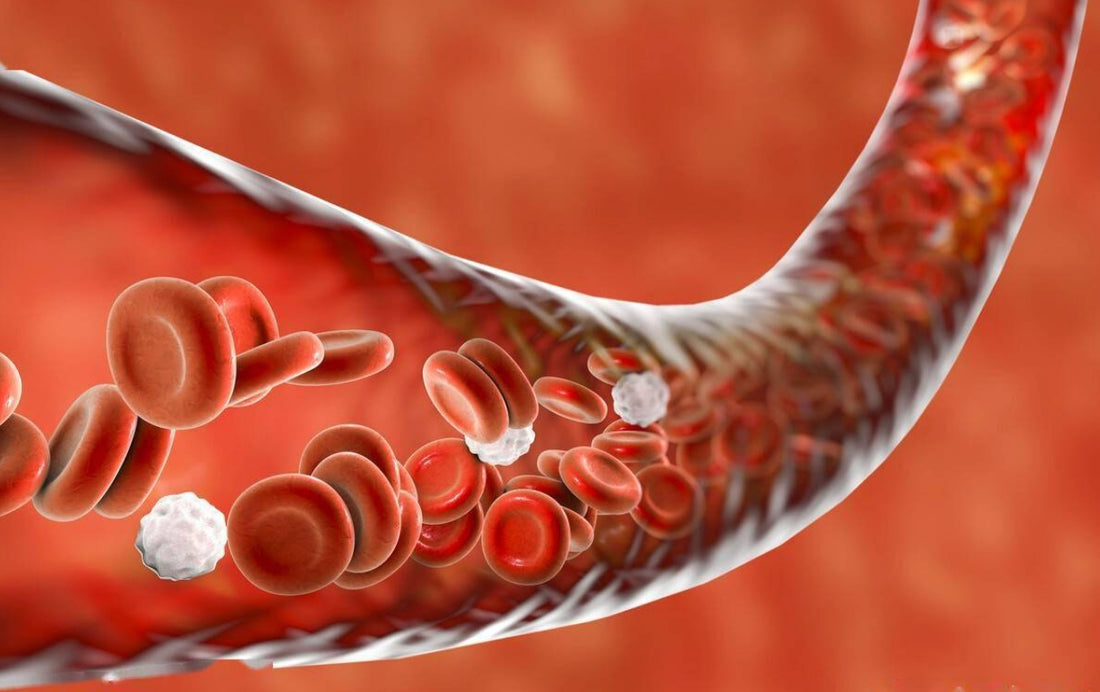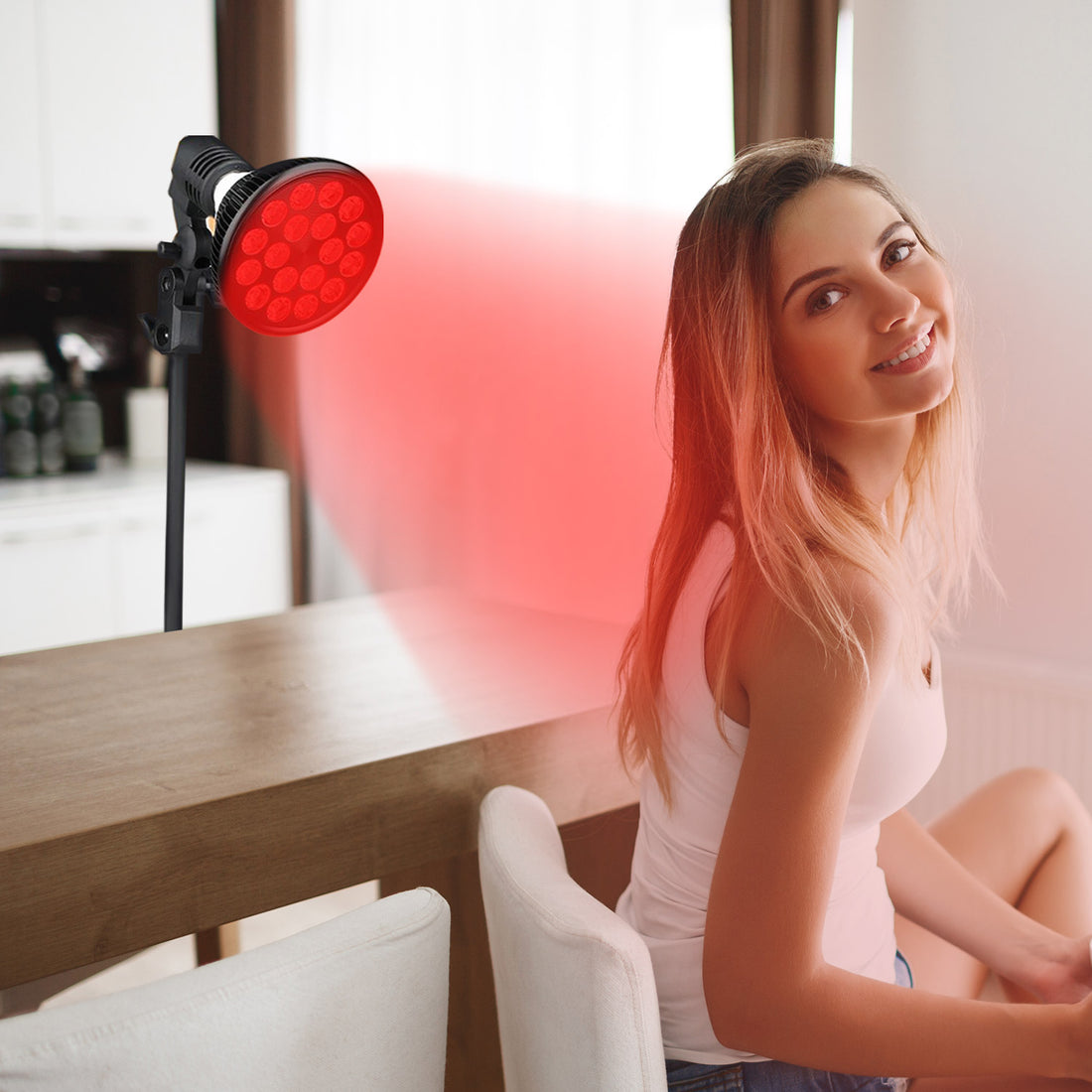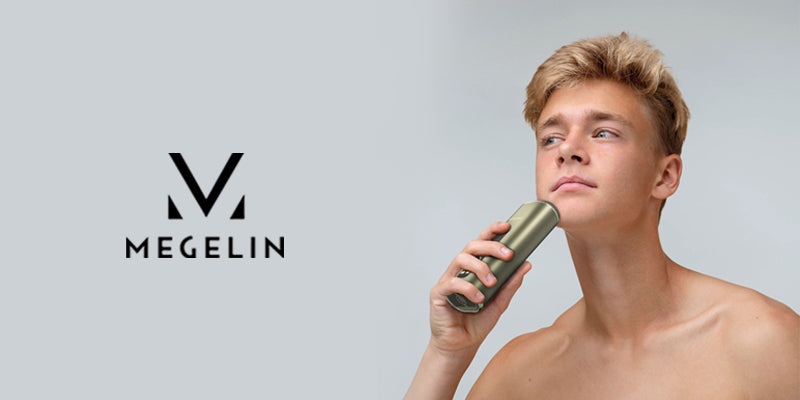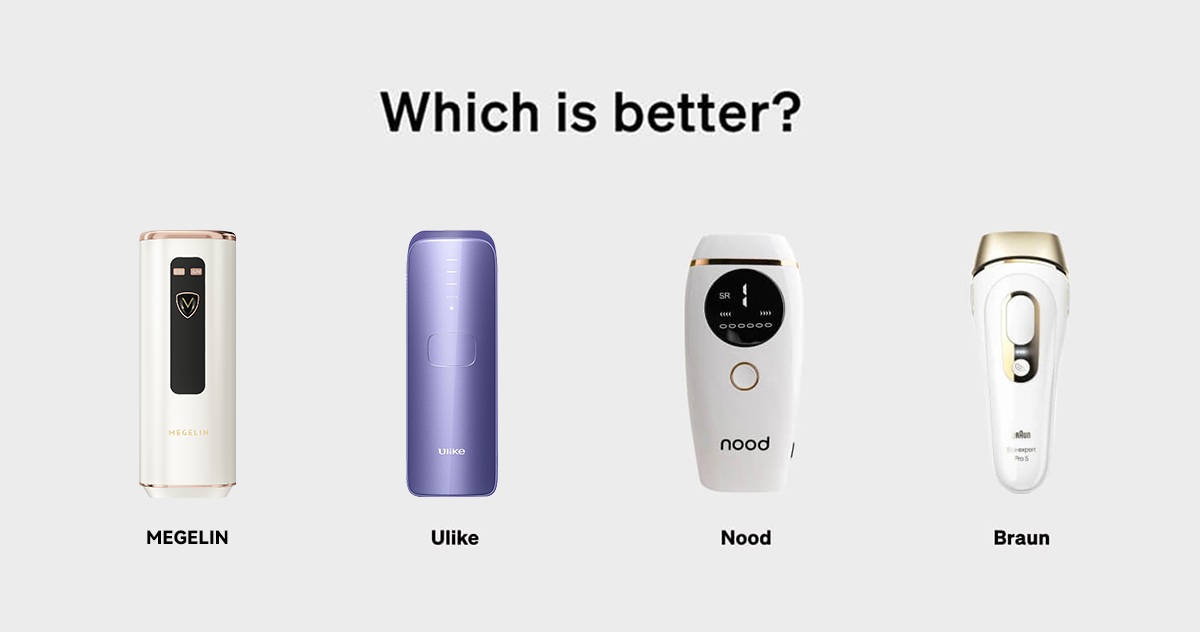
Full Body Red Light Therapy Before and After: Real Results Revealed
2MegelinIn recent years, the quest for non-invasive treatments for anti-aging, mood enhancement, and overall wellness has spotlighted an intriguing modality—full body red light therapy. This technology, rooted in LED-based interventions, promises to revolutionize how we approach skincare, physical health, and cellular metabolism, without the side effects associated with more intrusive procedures. The allure of red light therapy lies not only in its simplicity but in the compelling before and after results that users report, ranging from improved skin rejuvenation to enhanced energy levels and blood flow. As the scientific community delves deeper into understanding how specific wavelengths of light can stimulate ATP production and bolster cellular functions, individuals worldwide are eager to see real results from full body red light therapy before and after its application.
This article aims to demystify the science behind red light therapy, providing insights into how it works and its potential benefits for the body and mind. Through a comprehensive exploration of before and after red light therapy case studies, personal experiences with full body red light therapy at home, and expert analyses on its effectiveness, we will investigate everything from skin improvements to changes in cellular metabolism and energy levels. Additionally, we'll look into the logistics of incorporating this treatment into daily routines—how long does red light therapy take to work, the best practices for its application, and safety considerations—to fully understand the before and after impacts of this non-invasive treatment on individuals seeking substantial, life-enhancing changes.
Understanding Red Light Therapy
Historical Background
Red light therapy (RLT) has evolved significantly since its early experimental days. The journey began in 1666, often referred to as the annus mirabilis, when Isaac Newton made groundbreaking discoveries in the field of optics 1. By the late 19th century, Niels Ryberg Finsen utilized light for medical purposes, treating conditions like lupus with UV light and earning a Nobel Prize for his work 2. The development of the first practical electric lightbulb by Thomas Edison in 1879 further paved the way for modern phototherapy 1.
In the 1960s, the invention of the light-emitting diode (LED) revolutionized the field, offering a more efficient light source that emitted a specific wavelength of light 2. This advancement was crucial for the development of LED-based red light therapy, which uses specific low-level wavelengths to treat various conditions without the heat generated by traditional light sources.
Current Applications in Health and Wellness
Today, red light therapy is widely used in health and wellness for its ability to stimulate collagen production, enhance skin rejuvenation, and promote healing 3. The technology is particularly noted for its effectiveness in treating skin conditions like psoriasis, acne, and signs of aging. Studies have shown that RLT can reduce inflammation, improve skin complexion, and accelerate muscle repair 3.
Moreover, red light therapy is employed in photodynamic therapy, where it activates photosensitizing medications to treat cancers, showcasing its versatility and potential in medical treatments 3. The therapy's ability to increase mitochondrial energy production explains its effectiveness in enhancing cellular function and overall wellness 3.
Red light therapy continues to be a subject of extensive research, with new applications being explored in the treatment of chronic pain, hair restoration, and even cognitive functions 3. Its non-invasive nature and lack of associated side effects make it an appealing option for a wide range of therapeutic applications.
Full Body Red Light Therapy Experience
What Happens During a Session
During the initial session of full body red light therapy, individuals enter a specially designed chamber equipped with red and near-infrared light. These sessions, typically lasting between 15 to 30 minutes, require minimal clothing to maximize exposure to the therapeutic light. The chamber's environment is tailored to deliver a painless and non-invasive treatment, allowing individuals to relax while the light works on their body 4. Alternatively, some may experience the therapy on a state-of-the-art mat-based system, which also utilizes red and near-infrared light to penetrate up to two inches into tissues including skin, muscle, and bone, thereby stimulating cellular processes and enhancing blood flow 5.
Immediate Physical Responses
One of the immediate responses to red light therapy is the noticeable improvement in skin health. Individuals often report a reduction in wrinkles, fine lines, and age spots, achieving a more youthful and radiant complexion 4. The therapy not only promotes skin rejuvenation but also initiates a pain-free experience, as the LED devices used are designed to be gentle and do not emit heat like traditional light sources. This ensures a comfortable session without any side effects such as burns or discomfort 6.
Moreover, the relaxation experienced during the therapy is profound. Many individuals feel a significant increase in relaxation and a decrease in stress levels immediately following their session. This soothing effect is coupled with enhanced mood and overall well-being, making red light therapy a favored choice for those seeking both aesthetic and therapeutic benefits 6.
Assessing the Changes: Before and After Analysis
Short-term Effects
Immediately following full body red light therapy sessions, individuals often notice a significant improvement in skin health. Many report a reduction in wrinkles, fine lines, and age spots, contributing to a more youthful and radiant complexion 4. The therapy is also associated with enhanced mood, reduced stress, and better sleep quality, which collectively foster an improved sense of well-being shortly after treatment 4.
Long-term Benefits
Over time, red light therapy may offer enduring benefits due to its ability to stimulate collagen production, increase fibroblast activity, and enhance blood circulation within the tissue 7. These changes are crucial for maintaining skin elasticity and structure, leading to lasting improvements in skin texture and appearance. Additionally, red light therapy has shown potential in promoting hair growth and reducing hair loss, marking significant long-term advantages for users 4. The cumulative effects of regular sessions can lead to sustained improvements in physical and mental health, underscoring the therapy's role in ongoing wellness and quality of life enhancement 4.
Conclusion
Throughout this exploration of full body red light therapy, we've shed light on both the scientific underpinnings and the broad spectrum of benefits attributed to this remarkable treatment. From the historical evolution of phototherapy to the tangible before and after effects reported by users, the evidence underscores the potency of red light therapy in enhancing skin health, boosting energy levels, and improving overall well-being. The therapy's ability to stimulate cellular regeneration, reduce inflammation, and promote healing without adverse side effects positions it as a compelling, non-invasive option for those seeking holistic health improvements.
As we have seen, the implications of incorporating red light therapy into our health and wellness routines are vast, offering a pathway to not only aesthetic improvements but also significant boosts in mood and physical health. While the journey of scientific discovery and application continues, the current findings and personal testimonies highlight the transformative potential of full body red light therapy. Embracing this technology can be a step toward not just managing our health in a reactive manner, but proactively enhancing our quality of life, encouraging further research and adaptation in the broader medical and wellness communities.
FAQs
1. How quickly can I expect to see results from red light therapy?
Red light therapy begins to benefit your body from the very first session. However, for more significant and lasting results, it is recommended to continue treatments for a period of 3-6 months. Immediate minor effects might be noticeable, but optimal results generally require consistent treatment sessions at facilities like Sculptology.
2. Does red light therapy actually work?
Yes, there is scientific evidence supporting the effectiveness of red light therapy. Studies have shown that it can enhance skin texture by stimulating collagen production, which improves skin elasticity and reduces wrinkles. Additionally, it has been proven to ameliorate signs of sun damage and is effective in treating acne.
3. What amount of weight loss is possible with red light therapy?
The amount of weight loss achievable with red light therapy varies per individual and session. Consistent use has been linked to reductions in waistline measurements. In some cases, treatments have been reported to burn up to 1,400 calories each session.
4. Is a 10-minute session of red light therapy sufficient?
A typical red light therapy session should last between 10 to 20 minutes. This duration is considered adequate to reap the benefits of the treatment.
References
[1] - https://mitoredlight.com/blogs/mito-red-blog/the-history-of-red-light-therapy-a-comprehensive-timeline
[2] - https://platinumtherapylights.com/blogs/news/the-history-of-red-light-therapy
[3] - https://www.healthline.com/health/red-light-therapy
[4] - https://www.bodyspec.com/blog/post/full_body_red_light_therapy_before_and_after_results
[5] - https://www.redlighttherapycenter.com/blog/your-first-red-light-therapy-appointment
[6] - https://www.everydayhealth.com/wellness/red-light-therapy/guide/
[7] - https://my.clevelandclinic.org/health/articles/22114-red-light-therapy










